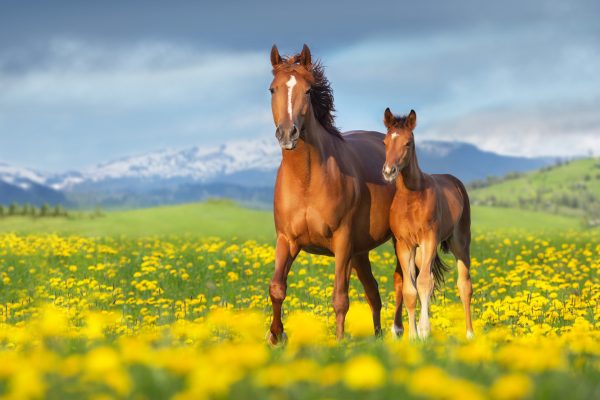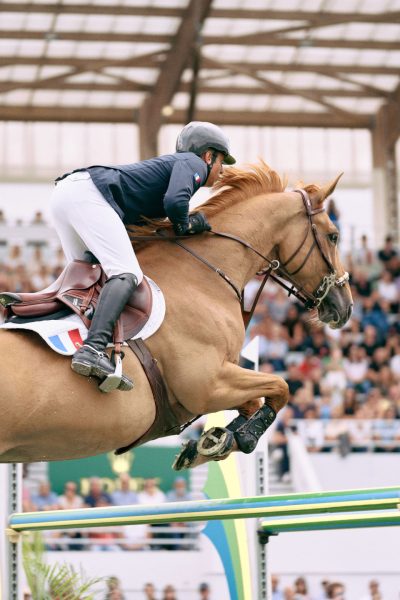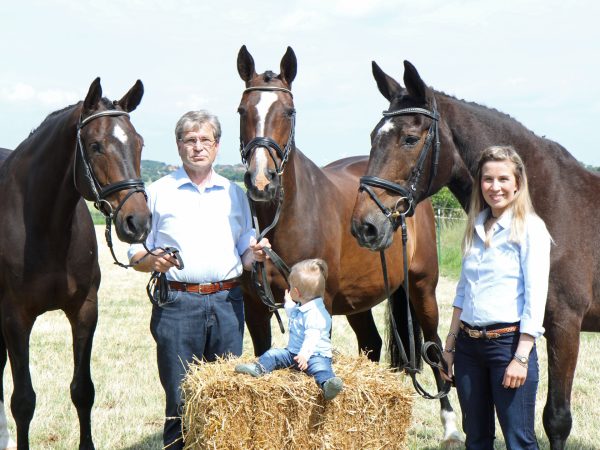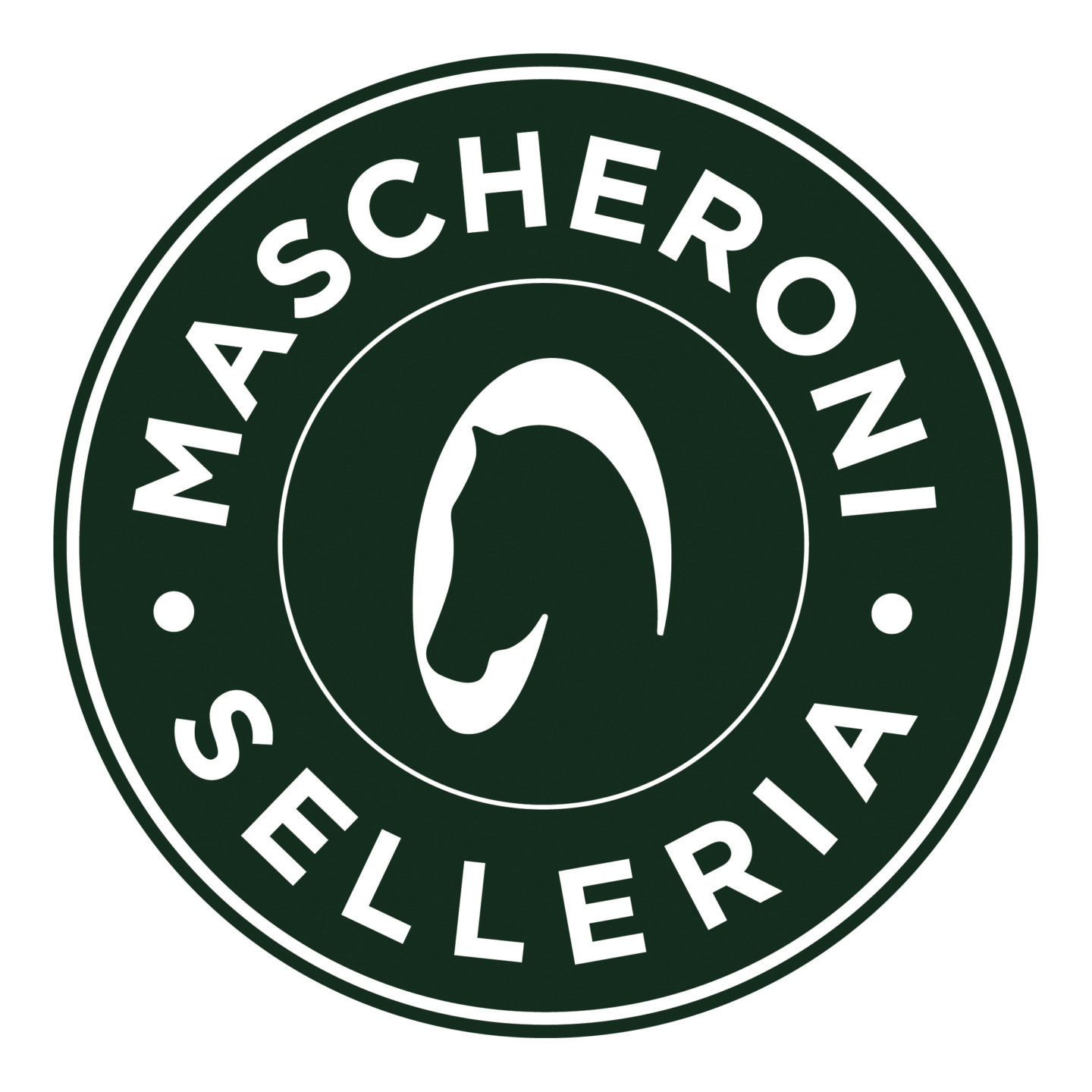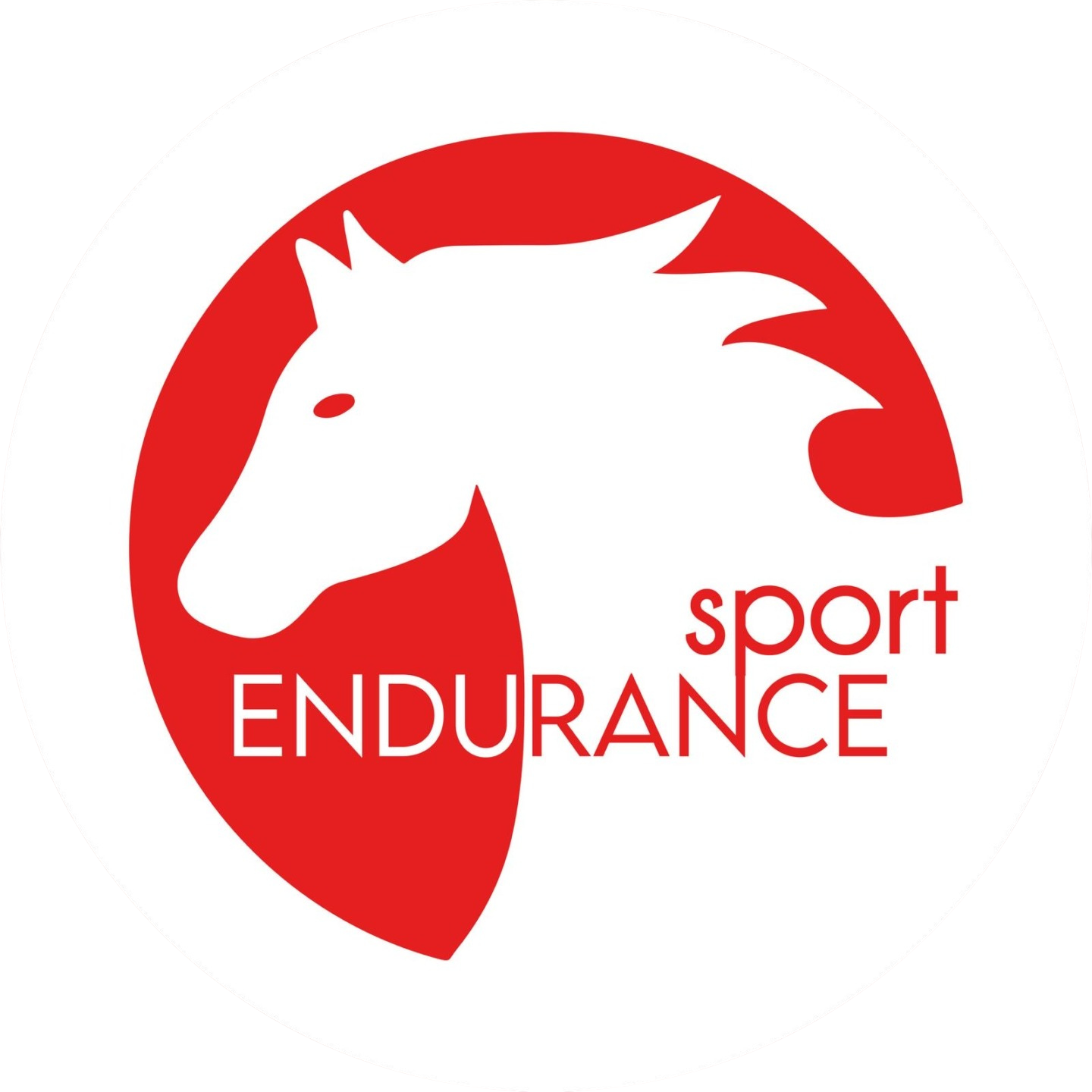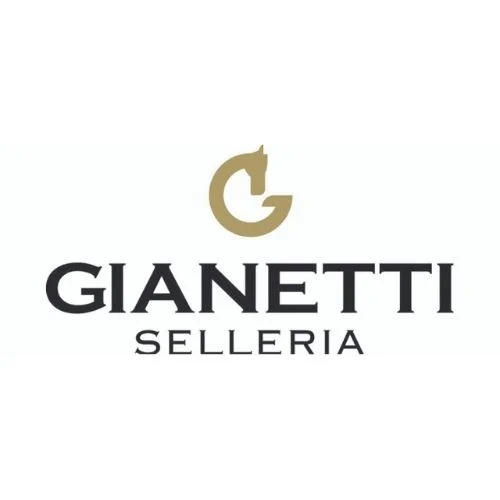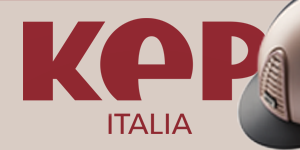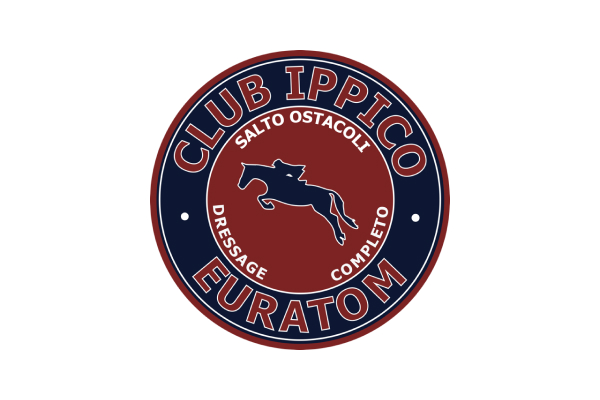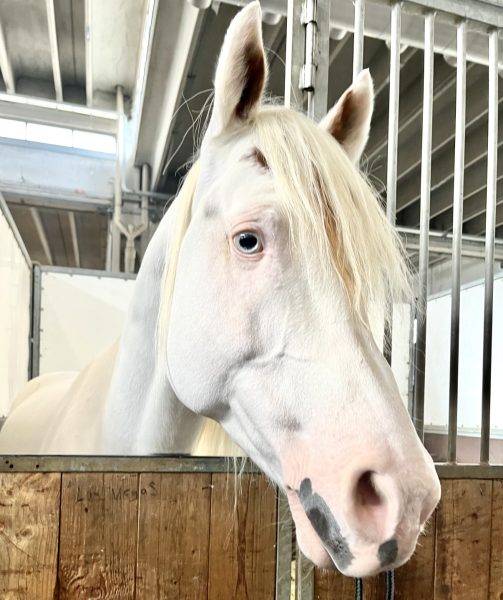
The American Bashkir Curly horse
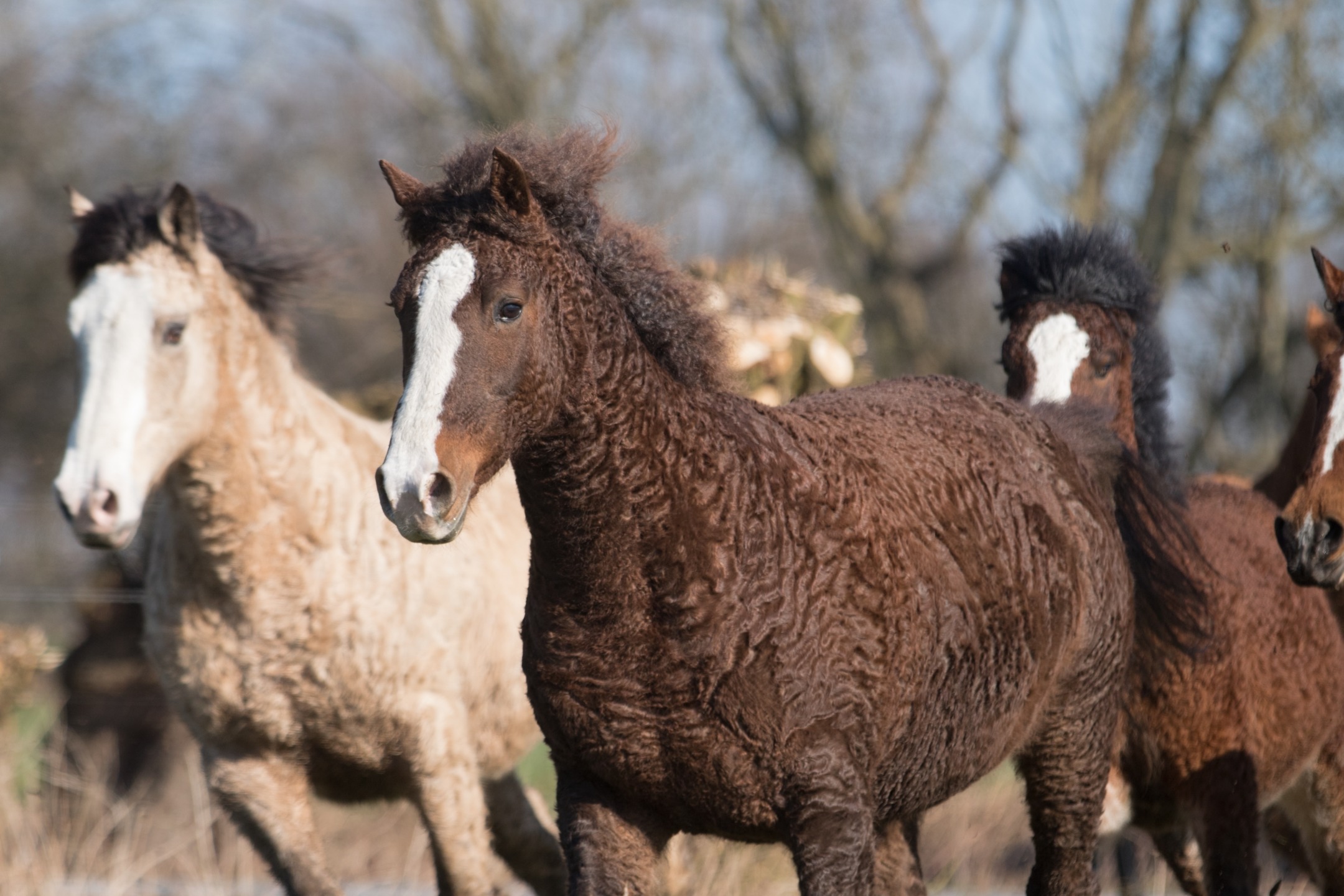
The American Bashkir Curly horse, with its distinct curly coat and intriguing history, remains one of the greatest mysteries in the equine world. In this exploration, we will dissect various theories regarding their origin, touch upon the development of the breed in the United States, and delve into the unique characteristics that make them a rare and fascinating breed.
Theories on Origin
One prevailing theory suggests a connection between the Bashkir Curly and the Russian Bashkir horse. However, research by Shan Thomas, author of “The Curly Horse in America – Myth and Mystery,” challenges this notion. Correspondence with Russian scientists and experts revealed that there was no evidence of curly- haired horses in the Bashkir region. Instead, the Lokai horse from the Taijikistan region occasionally displayed the characteristic curly coat. Still, historical records and importation logs cast doubt on the likelihood of the Lokai as the Bashkir Curly’s origin.
Another theory proposes that the Bashkir Curly’s ancestors crossed the land bridge during the last Ice Age. However, fossil evidence supporting the existence of horses in the Americas during this period is lacking, with horses reintroduced by the Spanish being the first documented presence.
Studies and Genetic Insights
Efforts to unravel the Bashkir Curly mystery have extended to scientific studies. The CS Fund conducted blood typing on 200 curly horses in collaboration with the Serology Lab at UC-Davis. Although no definitive breed identification emerged, the testing revealed the influence of various breeds in the Bashkir Curly’s development, notably Quarter Horses and Morgans. The absence of a singular blood marker emphasized the breed’s diverse genetic background.
The modern history of the American Bashkir Curly traces back to 1898 when Peter Damele and his father encountered three horses with tight curly ringlets in the Peter Hanson mountain range of Central Nevada. Despite unanswered questions about their origin, curly-coated horses persisted in the Damele herd. Benny Damele, Peter’s son, continued breeding these unique horses, contributing significantly to the breed’s preservation.
Establishing the American Bashkir Curly Registry in 1971 became a crucial step in safeguarding these horses from extinction. With characteristics unique to the breed compiled by U.S. owners, the registry aimed to preserve and promote the Bashkir Curly.
Distinctive Characteristics and Adaptability
The Bashkir Curly’s unique features extend beyond its curly coat. Notably, they can shed their mane and, at times, tail hair each summer, a fascinating adaptation that aids in managing their distinctive curls. The breed exhibits hardiness and adaptability, surviving harsh winter conditions without supplemental feeding.
Physically, Bashkir Curlies come in various colors, with medium- sized bodies resembling the early-day Morgan in conformation. Unique traits link them to primitive horses, such as wide-set eyes and distinctive hoof characteristics. Foals are born with crinkly coats, curls inside their ears, and curly eyelashes.
Versatility in Equestrian Pursuits
In recent years, the Bashkir Curly has proven its prowess in diverse equestrian events, including Barrel Racing, Pole Bending, Reining, Dressage, and more. Their adaptability and willingness to excel in various disciplines contribute to their growing popularity among riders.
The American Bashkir Curly horse, shrouded in mystery and adorned with distinctive features, continues to captivate the equestrian world. Despite the unanswered questions about their origin, these horses stand as a testament to the resilience of a breed that has thrived against the odds. Whether admired for their unique coat or celebrated for their versatility, Bashkir Curlies leave an indelible mark on the tapestry of equine diversity.
V. Sozzi
© Rights Reserved.




.png)



